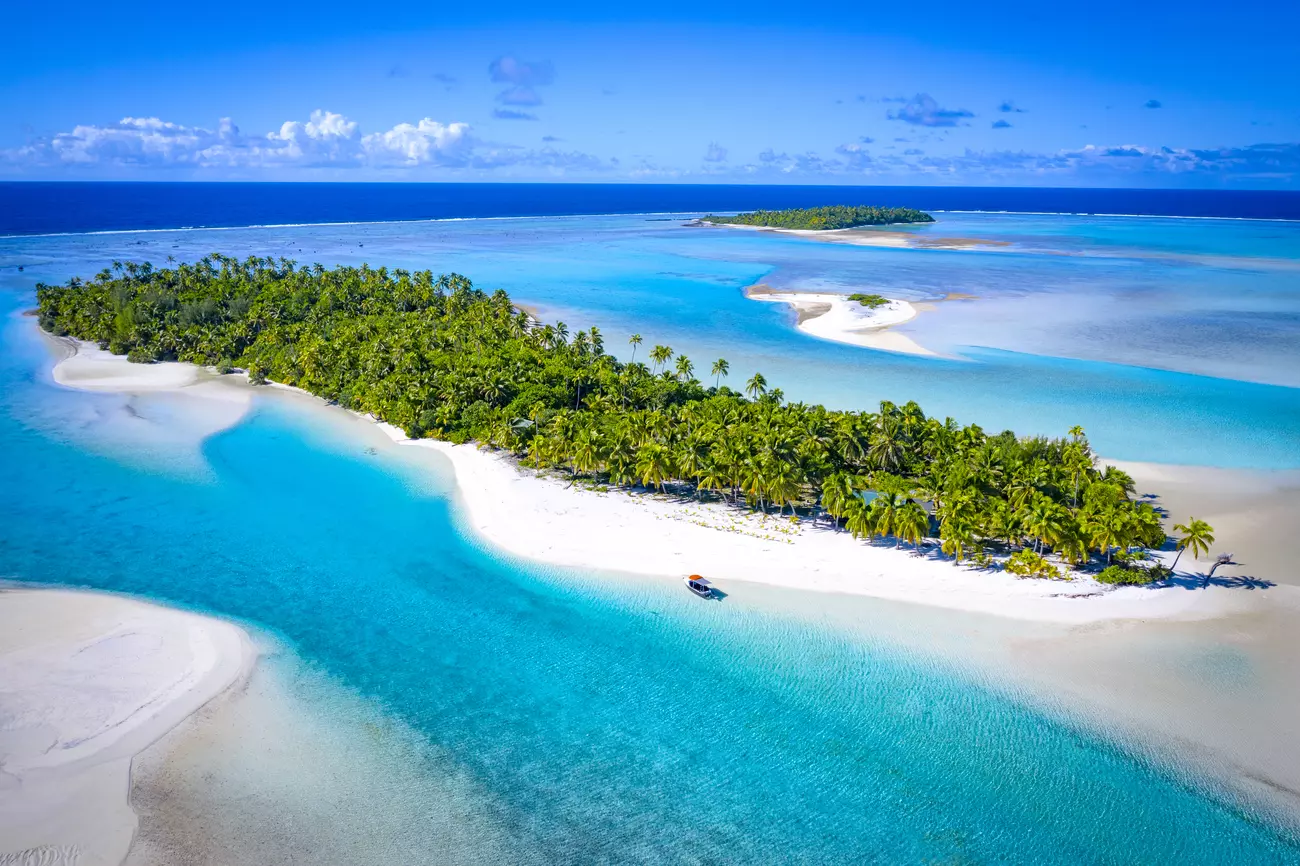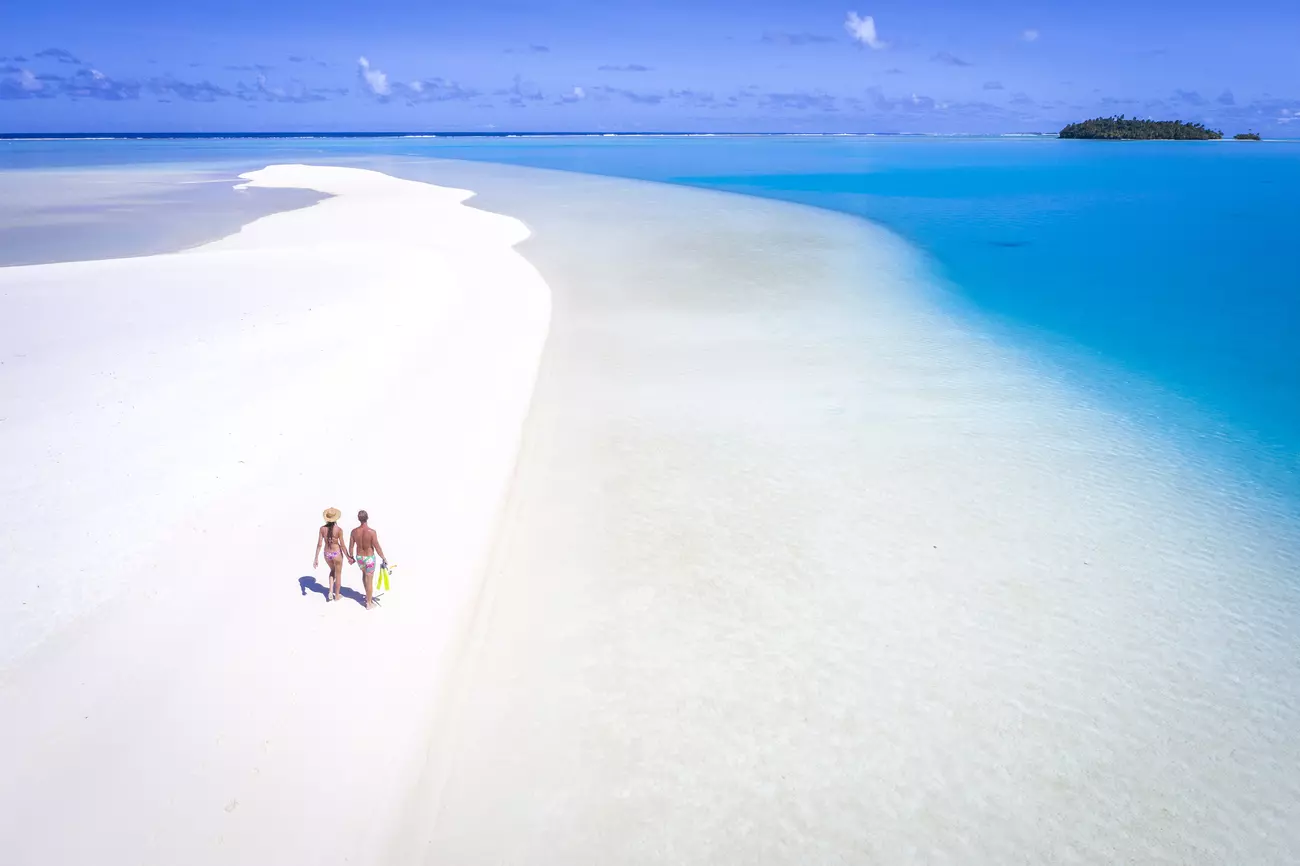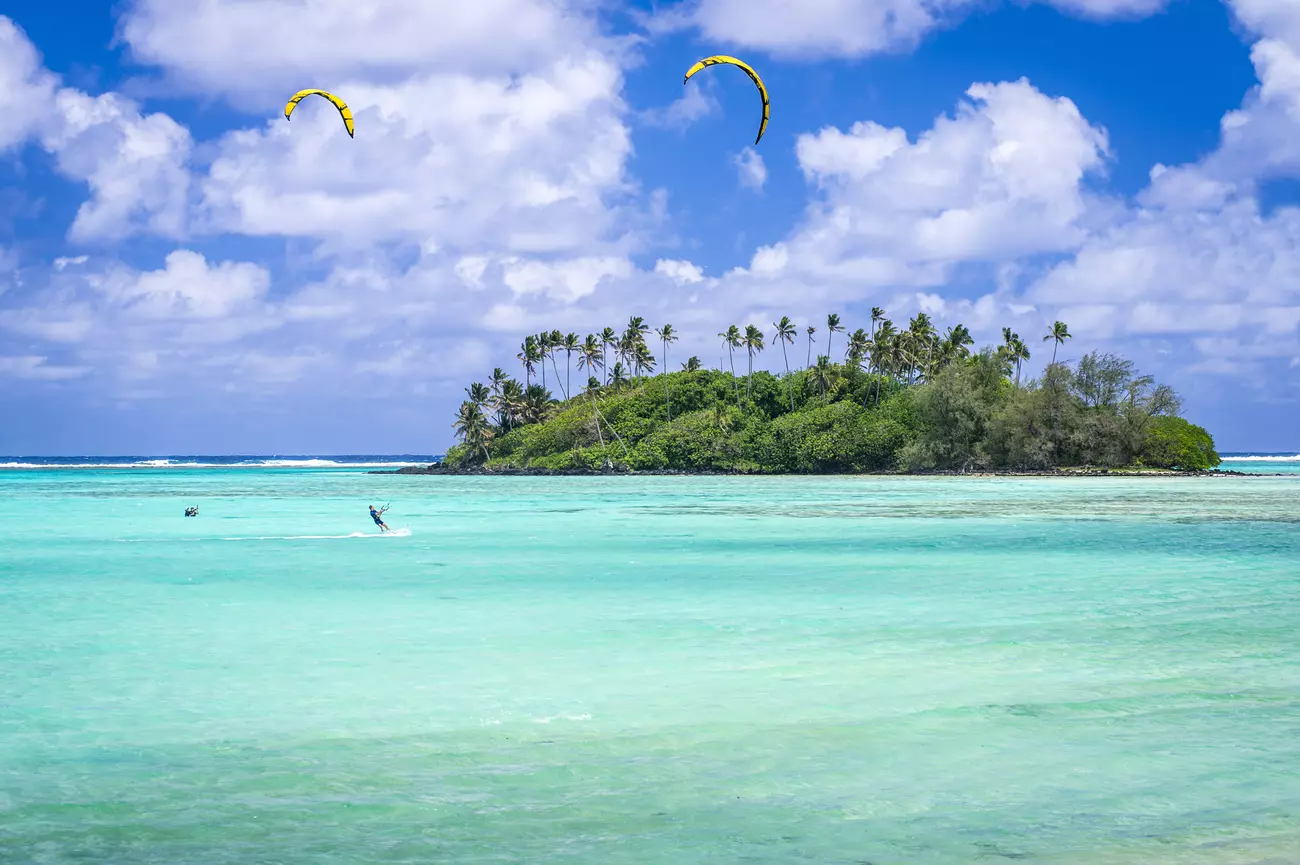When Is Your Best Time To Visit The Cook Islands?
If you've been reading about all the exciting activities available in the Cook Islands, you're probably thinking this 15-isle archipelago is well worth a visit. And, of course, you'd be right! But, the chances are, the next thing on your list will be to find out when is a good time to visit. The truth is, there's no real bad time to visit this small cluster of tropical islands in the South Pacific.
With each season having a unique charm of its own, choosing your time of year to visit the Cook Islands is really about your personal preferences and finding out what suits you best. So, to help you do exactly that, here’s an overview of what you can expect and when to expect it throughout the year.
The weather

As you’d imagine from an island that’s as far south of the equator as Hawaii is north, the summer months bring long sunny days and balmy nights, while wintertime brings milder days and cooling evening breezes. January and February are the warmest two months of the year with average highs of 29 degrees, while during July and August you’ll experience average daily temperatures at a comfortable 25 degrees.
The Cook Islands are tropical, so it’s no surprise that one of the biggest variations in weather throughout the year is the amount of rainfall. The shoulder seasons of April and May, and September and October are usually known for their combination of warm, dry weather. But while December to April is known as the rainy season in the Cook Islands, this doesn’t mean you’ll be completely washed out if you visit during this period. Generally, rainfalls occur in small bursts before the clouds break again for some hot sunshine.
So, if you’re looking at the weather to decide when is the best time to visit the Cook Islands, it could pay to think about the type of activities you want to engage in. For example, are you hoping for long days soaking in the hot sun? Or, perhaps you’d appreciate some fresh breezes to make your sporting ventures more comfortable.
When does it get busy?

Now you know the Cook Islands experience average winter temperatures of 25 degrees, it’ll come as no surprise that June to August is one of the busiest periods with travellers from Australia and New Zealand escaping their chilly winters. Late December and early January is also one of the busier times with seasonal holiday makers and expats returning home for Christmas.
But, while you should plan to book your flights in good time during the most popular travel periods, there’s never a time of year when Rarotonga and Aitutaki feel too overcrowded or busy. Even during peak periods, there are so many different things to do that the population spreads out across a variety of activities and locations every single day. That’s right, no one is resort-bound in the Cook Islands which means you could still find yourself on a peaceful deserted beach during peak season.
Annual events and festivals to look out for

There are so many events taking place in the Cook Islands throughout the year it’s always worth seeing what’s on first so you can plan your trip around things that interest you most. Some of the most noteworthy events include:
-
Dancer of the Year Contest (Te Mire Ura) – held in April or May in Rarotonga
This dance-off is held at the National Auditorium of Rarotonga and brings together talented dancers from all over the nation divided by age group. -
International Kite Surfing Contest (Manureva Aquafest) – held in Aitutaki, dates vary
This is a five-day international watersports festival which attracts kite surfing competitors and enthusiasts from all over the globe. And what better place to hold an event like this than the warm turquoise waters of Aitutaki. -
Cultural festival (Te Maeva Nui) – held end of July to beginning of August, Rarotonga
Te Maeva Nui follows an 11-day program which celebrates Cook Islands self-rule from 1965. Here, you’ll enjoy plenty of music and dance displays as well as crafts and a vast selection of delicious food. -
Annual flower show (Te Mire Tiare Festival) – held in November, Rarotonga
Featuring float parades and plenty of pretty flowers, Te Mire Tiare is a week of festivities during which competitions are held for the best flower-decorated shops, schools and government buildings. -
Canoeing festival (Vaka Eiva) – held in November, Rarotonga
Paddlers from all over the world travel to Rarotonga to compete in various canoe races held during this week-long event. Whether you’re competing or just watching, Vaka Eiva is a fun-filled atmosphere and all-round great experience for adults and children. -
Kite surfing season – May to October
While the island of Aitutaki is known as one of the best kite surfing locations in the world, Rarotonga’s Muri Lagoon also promises excellent conditions for enthusiastic kite surfers. From May to October, you can expect to be gliding across clear warm waters with steady winds ranging from 15 to 30 knots. -
Whale watching season – July to October
Between the months of July and October you’re likely to spot whales from the shorelines as they complete their annual passing of the Cook Islands. Whales are a much looked forward to spectacle for Cook Islanders as these incredible creatures occasionally jump and splash their way through the ocean scene.